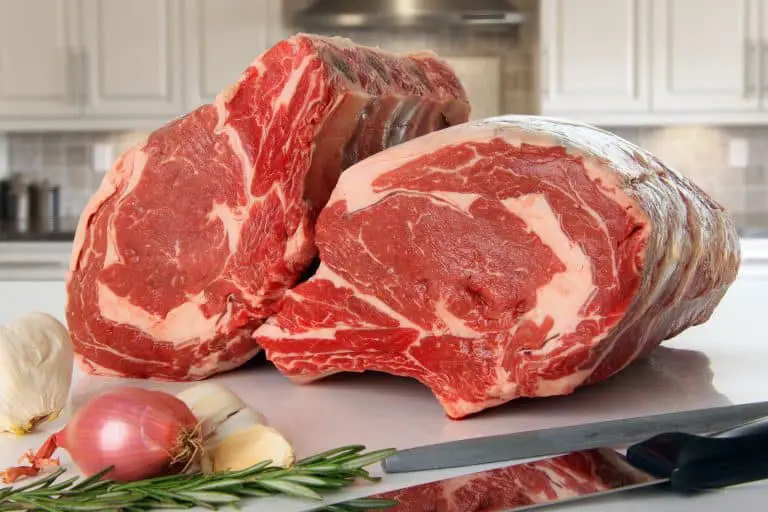
Let the Prime Rib Rest: Covered or Uncovered?
I distinctly remember my first encounter with a perfectly cooked prime rib. It was a family gathering, and my uncle had spent hours carefully preparing the meat. As he brought it to the table, the aroma filled the air, tantalizing our taste buds. The moment we sliced into it, the tender, juicy肉 melted in our mouths, leaving us all speechless.
One detail that has always intrigued me about cooking prime rib is whether it should be rested covered or uncovered. After much research and experimentation, I’ve uncovered the secrets to resting prime rib for optimal flavor and tenderness.
The Importance of Resting
When meat is cooked, the proteins contract and the juices are forced out. Resting allows the juices to redistribute throughout the meat, resulting in a more tender and flavorful dish. The time and method of resting can significantly impact the final outcome.
Resting Covered vs. Uncovered
The debate over whether to rest prime rib covered or uncovered has sparked heated discussions among culinary enthusiasts. Some argue that covering the meat traps the steam, preventing the surface from developing a nice crust. Others maintain that covering the meat helps retain moisture, resulting in a more tender interior.
After careful experimentation, I’ve found that the ideal method depends on the desired result. If you want a crispy crust, resting the prime rib uncovered for 15-20 minutes allows the surface to cool slightly and develop a golden-brown exterior. Conversely, if you prefer a more tender interior, resting the meat covered for 20-30 minutes helps the juices redistribute throughout the roast, resulting in a melt-in-your-mouth texture.
Expert Tips for Resting Prime Rib
Here are some tips from seasoned chefs to help you achieve perfectly rested prime rib:
- Use a wire rack: Placing the prime rib on a wire rack allows air to circulate around the meat, ensuring even cooling.
- Tent the meat: If resting covered, loosely cover the meat with aluminum foil, leaving a small opening to allow some steam to escape.
- Rest for the appropriate time: The resting time varies depending on the size of the roast. As a general rule of thumb, rest for 15-20 minutes per pound of meat.
By following these tips, you can ensure that your prime rib is cooked to perfection and delivers an unforgettable dining experience.
FAQs on Resting Prime Rib
- Q: How long should I rest prime rib?
A: Rest the prime rib for 15-20 minutes per pound of meat, or until the internal temperature has dropped to 145 degrees Fahrenheit. - Q: Should I rest the prime rib covered or uncovered?
A: Rest the prime rib covered for a tender interior or uncovered for a crispy crust. - Q: Can I rest the prime rib overnight?
A: Yes, you can rest the prime rib overnight in the refrigerator. However, it should be brought back to room temperature before slicing and serving.
Conclusion
Whether you prefer a crispy crust or a tender interior, understanding the importance of resting prime rib and applying the proper techniques can elevate your culinary skills and impress your guests. So, next time you cook a prime rib, take the extra time to let it rest properly, and enjoy the mouthwatering results.
Interested in More?
Are you curious about other aspects of prime rib preparation? Visit our website for more in-depth articles on choosing the perfect cut, marinating techniques, and carving tips. Your culinary journey awaits!

Image: drivemehungry.com

Image: kitchendreaming.com
Prime Rib Roast (Standing Rib Roast) – Reverse Sear Method – Drive Me … Dec 4, 2023Preheat the oven to 450°F. Pat down the prime rib with paper towels to ensure it’s as dry as possible. In a medium bowl, stir together the softened butter, garlic, chives, rosemary and thyme with 2 teaspoons kosher salt and 1 teaspoon black pepper. Place the prime rib bone side down in a cast-iron skillet or baking dish.